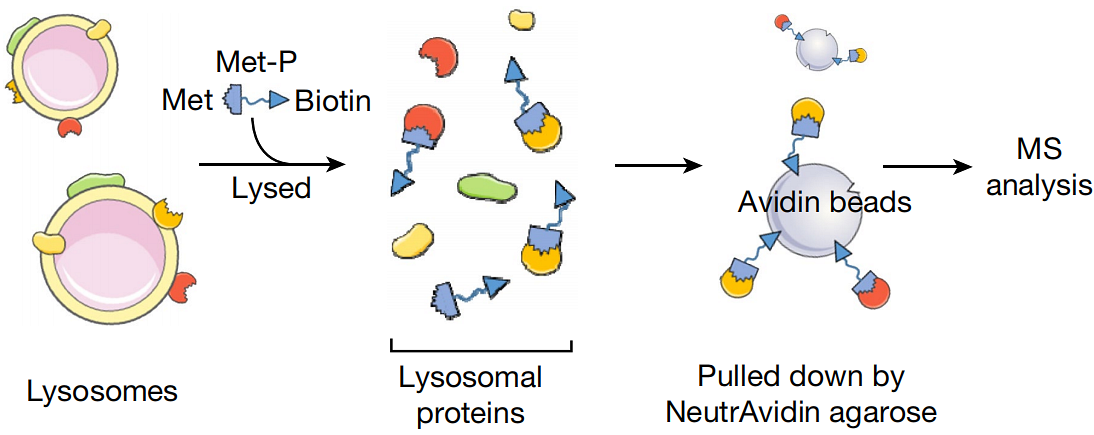Metformin is a widely-used drug that results in clear benefits in relation to anti-ageing, anticancer, glucose metabolism, and diabetes-related complications. It acts by interfering with mitochondrial respiration, leading to an activation of the AMPK tumour suppressive pathway to promote catabolic-energy saving reactions and block anabolic ones that are associated with abnormal cell proliferation. The mechanisms underlying these benefits are complex and have not been fully understood for years.

Fig 1. The headline of the paper on Nature’s website
To detect the direct molecular target of metformin, Prof. Lin Shengcai, from the School of Life Sciences, has led a research team to study how metformin activates AMPK, a sensor of the energetic cellular status and an important tumour suppressor pathway, since 2014. Many research has shown that metformin can act through an AMPK dependent or independent way. Based on a spectrum of evidence, the team explored its molecular mechanism of action. In the paper, they showed that clinically relevant concentrations of metformin inhibit the lysosomal proton pump v-ATPase, which is a central node for AMPK activation following glucose starvation. Then, they synthesized a photoactive metformin probe (Met-P) and identified PEN2, a subunit of γ-secretase, as a binding partner of metformin with a dissociation constant at micromolar levels.

Fig 2. A schematic depicting the procedure of the affinity-based approach that used a photoactive metformin probe (Met-P) to identify target(s) of metformin from protein extracts of lysosomes purified from MEFs. MS, mass spectrometry.
Metformin-bound PEN2 forms a complex with ATP6AP1, a subunit of the v-ATPase, which leads to the inhibition of v-ATPase and the activation of AMPK without effects on cellular AMP levels. Knockout of PEN2 or re-introduction of a PEN2 mutant that does not bind ATP6AP1 blunts AMPK activation.
In vivo, liver-specific knockout of PEN2 abolishes metformin-mediated reduction of hepatic fat content, whereas intestine-specific knockout of PEN2 impairs its glucose-lowering effects. Furthermore, knockdown of PEN2 in Caenorhabditis elegans abrogates metformin-induced extension of lifespan. Together, these findings reveal that metformin binds PEN2 and initiates a signalling route that intersects, through ATP6AP1, the lysosomal glucose-sensing pathway for AMPK activation. This ensures that metformin exerts its therapeutic benefits in patients without substantial adverse effects.
DOI: https://doi.org/10.1038/s41586-022-04431-8

